|
This weekend, chances are you’ll open your front door to a little witch or two demanding candy. In modern American culture, a black pointy hat instantly means “magic.”
But while we have plenty of visual symbols for magic, we can’t see magic itself – just its supposed effects. Similarly, we can’t see smells, but they certainly affect us, whether it’s bringing on nostalgia or bringing on a headache. So it makes sense that scent and sorcery have often been linked, as they were in ancient Rome and Greece. Witches in ancient literature wielded smelly potions and seductive perfumes, Arizona State University classics professor Britta Ager explains, reflecting their societies’ views of women – which were often both unflattering and fearful. Those ideas continue to shape views of witches in the West today.
And we’ve rounded up several more stories about magic and treats in time for Halloween: from modern-day Wiccans to a 15th-century guide to witchcraft to how to trick-or-treat in a pandemic.
(Hint: no, you don’t need to quarantine your candy.)
Enjoy!
|
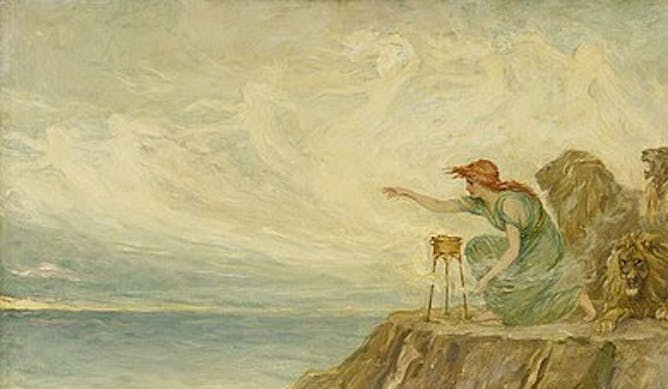
Perfumes, potions and witches have been entwined for centuries.
Frederick Stuart Church/Smithsonian American Art Museum/Wikimedia Commons
Britta Ager, Arizona State University
Scent and magic have been entwined in our imaginations for centuries – right up to today’s witch-inspired perfumes.
|
|
|

Melissa Chim, General Theological Seminary
Witch trials relied on a medieval text called the “Malleus Maleficarum” – a book this reference librarian can hold in her hands.
| |

Mathew Sandoval, Arizona State University
A Mexican-American scholar writes that in the 1700s, Day of the Dead generated the largest annual market in Mexico City.
|
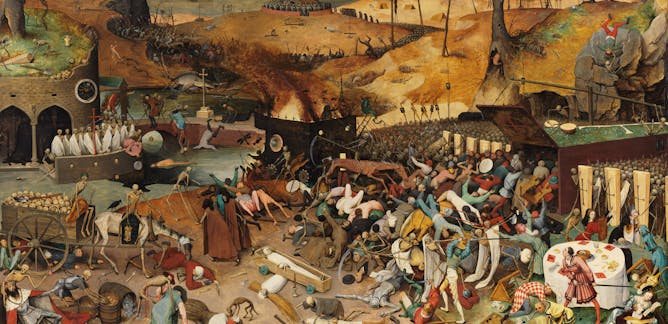
Nükhet Varlik, Rutgers University - Newark
Halloween, with its mix of the macabre and the playful, provides a moment to reflect on how closely life and death are interwoven – especially in 2021.
| |
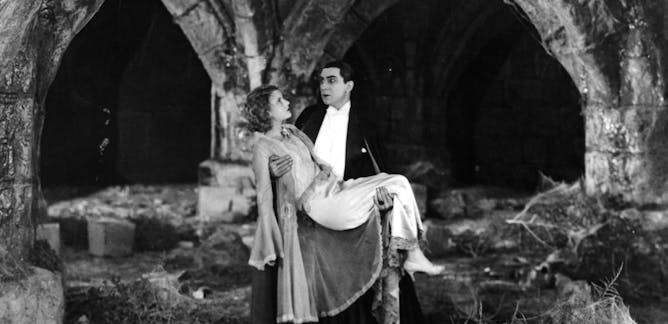
Stanley Stepanic, University of Virginia
The past century’s vampires have often been a bit dashing, even romantic. That’s not how the myth started out.
|
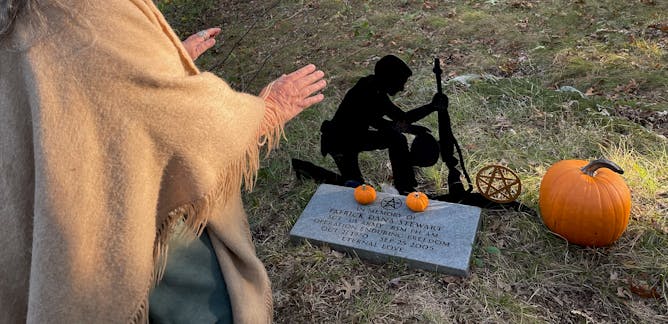
Helen A. Berger, Brandeis University
Samhain will be particularly poignant this year for Wiccans who are members or veterans of the US military as they process the end of the 20-year war in Afghanistan.
| |
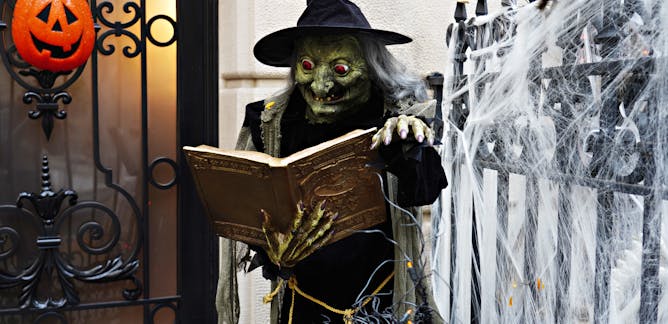
Helen A. Berger, Brandeis University
For members of the minority religion of Wicca and witchcraft – part of contemporary paganism – Halloween is not just a children’s holiday: It is both a celebration and acceptance of death.
|
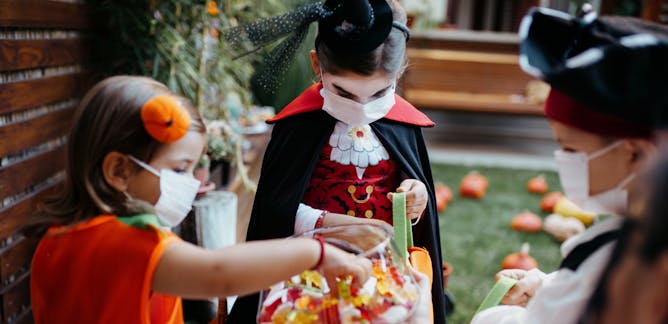
Meg Sorg, Purdue University
There’s no need to pull out the candy catapult this year, but a few reasonable precautions can keep COVID-19 transmissions in check.
| |
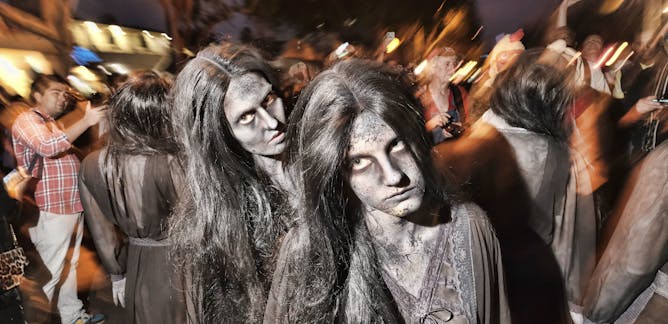
W. Scott Poole, College of Charleston
In the early 1970s, rumors about poisoned candy on Halloween led to mass paranoia. A historian explains why such fears emerge – and what, in reality, feeds them.
|
|
|
|
|
-
Caitlin Clark, Colorado State University
Sauerkraut, sourdough, beer…and chocolate? They’re all fermented foods that rely on microbes of various types to transform the flavor of their raw ingredients into something totally different.
-
Hayes Holderness, University of Richmond
Whether you pay tax on your Halloween treat supply depends on which state you live in and how it defines candy.
|
|